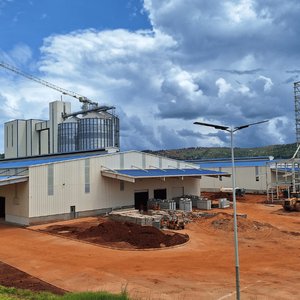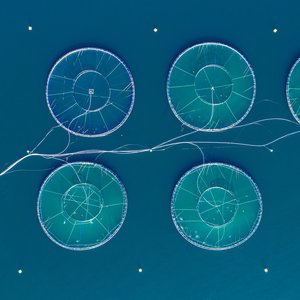Continuing a trend that began in late 2012, salmon prices in 2014 were largely sustained at exceptionally high levels. European producers in particular were smashing export revenue records month after month while bottom lines in Chile have turned from red back into black. The fact that this has been achieved even with an estimated 10% increase in global production this year – compared with a mere 2% in 2013 – and the recent Russian ban on food imports from a number of major Western producers including Norway makes it all the more remarkable, and emphatically underlines the strength and pace of global demand growth.
As well as the world’s two major (farmed) salmon producers, Norway and Chile, the smaller producing countries are also benefitting from favourable supply and demand dynamics, higher prices and, in some cases, the additional opportunities offered by the Russian ban. The Faroe Islands, in particular, has seen its revenues boosted by its non-exclusion from the Russian market. In the wild salmon market, Russia and the USA had somewhat contrasting fortunes in 2014, with Alaskan catches of sockeye and pink salmon coming in above forecast and chum coming in below, while Russian fisherman saw higher than expected catches of chum and lower than projected production of pink.
Outlook
The long-term outlook for the global salmon industry remains positive, with low supply growth for the next two years likely to send prices skyward once again on the back of strong demand, and recently set records may be short-lived. However, any forecast must acknowledge a number of remaining uncertainties. The most obvious is the situation in Russia, which could potentially deteriorate if an economic downturn continues to hurt importers, creating a relative surplus as even those suppliers excluded from the ban will face increasing difficulty securing competitive prices on the Russian market. In the shorter term, there is also the question of whether EU and USA markets will be capable of replacing early-year demand that previously came from Russia. On the contrary, it is also possible to envisage a situation where the Russian ban is lifted, economic recovery in the EU and the USA gathers pace and supply growth is flat or even negative. The upward pressure on prices in such a situation would likely be substantial. Meanwhile, production costs and diseases risks, as always, represent further sources of unpredictability in the market.
[Source: FAO Globefish. Read Salmon report - March 2015]







